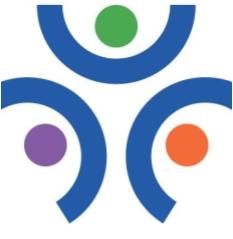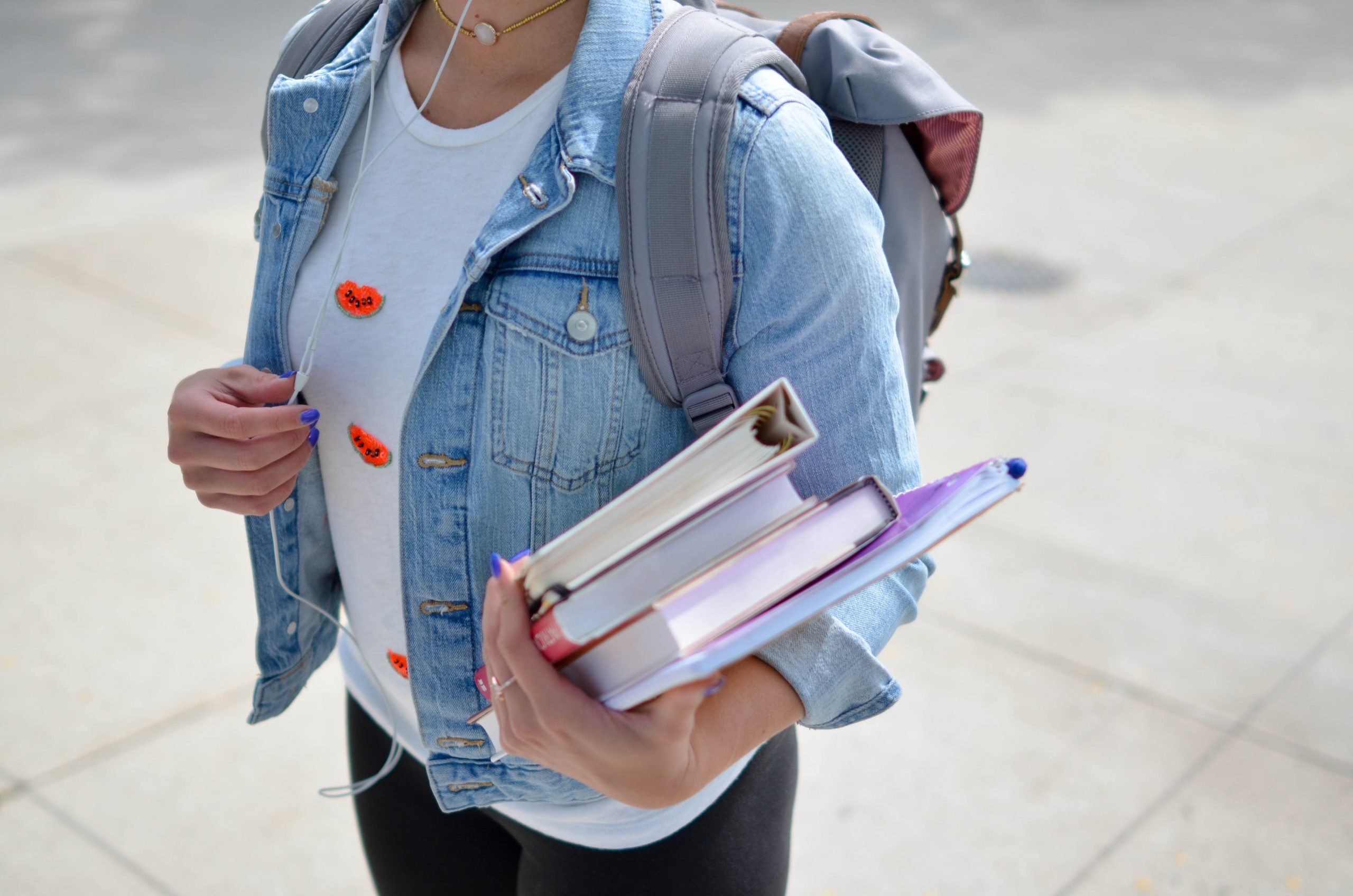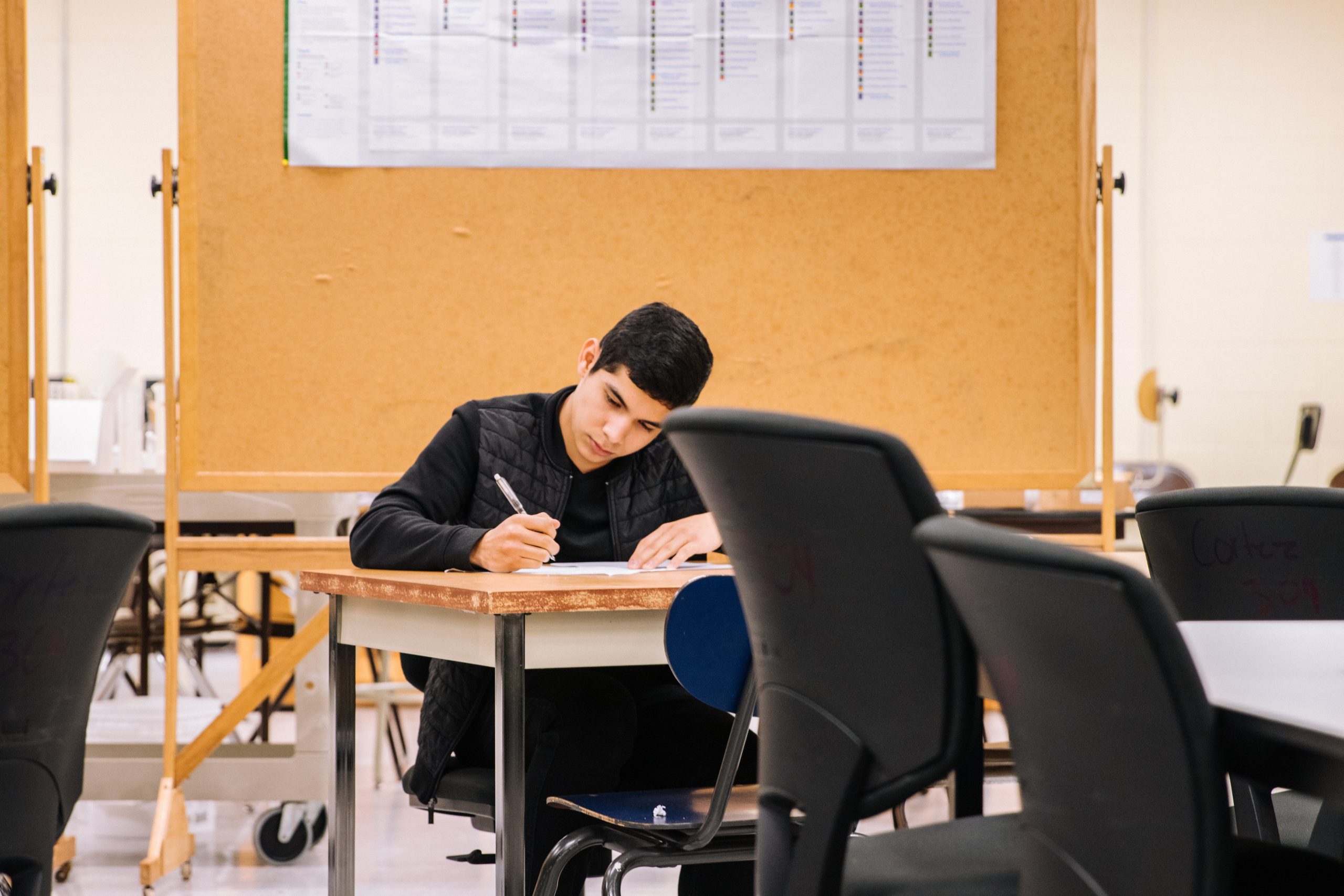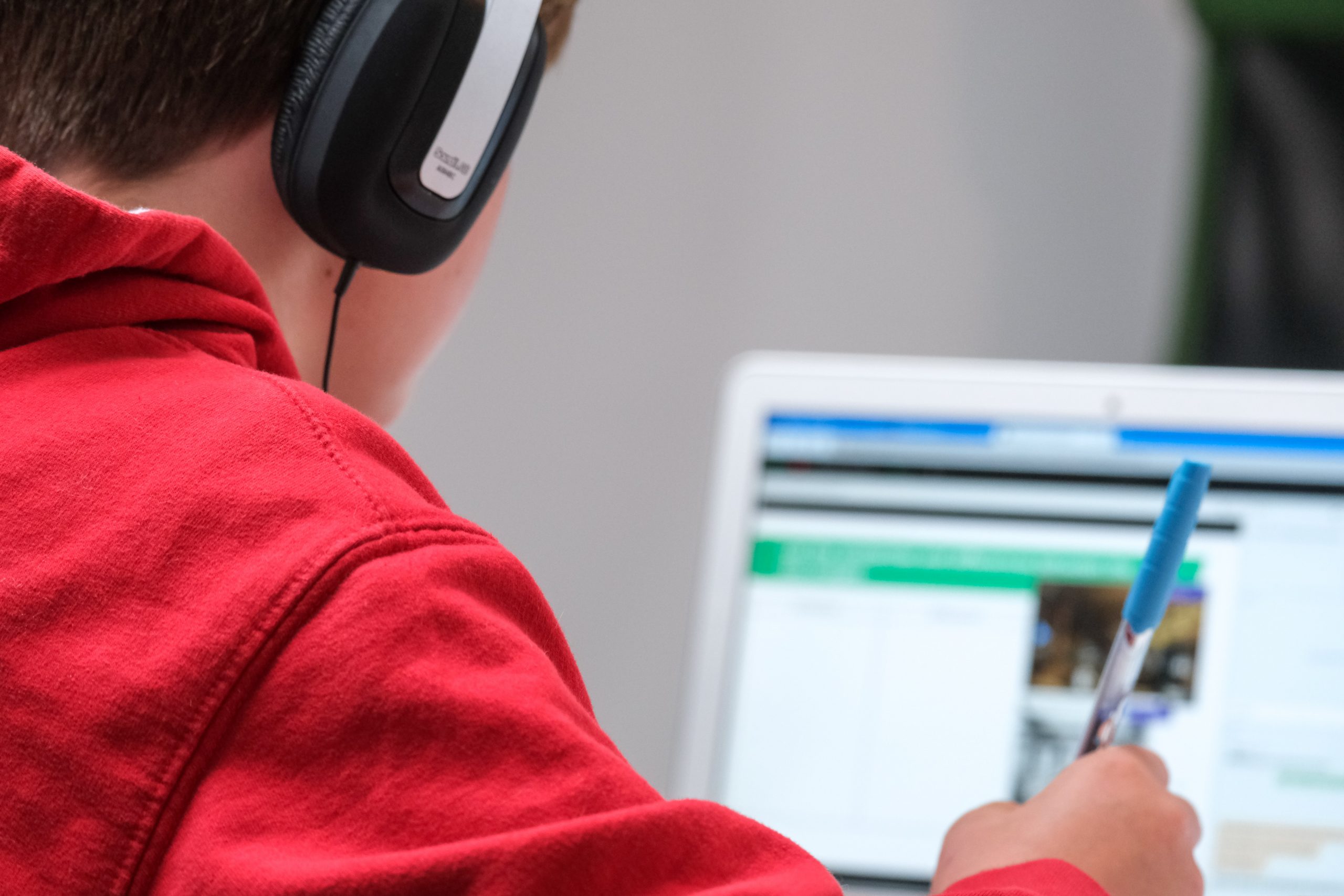Similar to dyslexia and dyscalculia, dysgraphia is often misunderstood by parents and educators alike. Children with dysgraphia struggle with most aspects of the writing process, including spelling, legibility, word sizing and spacing, and dexterity.
As you might have gathered, this condition shares commonalities with dyslexia in that it is a writing difference/disorder, but there are minor differences that a clinician would be able to notice. Additionally, the presentation of symptoms may appear different.
For instance, dysgraphia is more closely associated with the act of transcribing written words, so children with this condition are likely to write more slowly than their peers and fall behind when they’re taking notes.
Early Intervention in the Classroom
Typically, dysgraphia is first noticed when a child is learning to write, so they might be diagnosed earlier in childhood than their dyslexic peers. For students with writing deficits, co-morbid learning differences/disabilities are very common, especially ADHD.
For the child without a solid support system and strategies in place, guilt and shame can become paralyzing. This is why it is so crucial to seek assistance, whether in the form of an IEP or transference into special education, as early as possible.
Strategies in Alternative Education
Voice-to-print tools, audiobooks, and one-on-one attention with a qualified educator are all strategies that we use at Lake Michigan Academy to help our students with dysgraphia succeed. These tools are especially helpful given what clinicians currently know about dysgraphia: that it is related to fine motor control issues.
Our approach to learning is highly individualized and beneficial for our students of all ages. In fact, our students thrive in more personalized and downsized classrooms with minimal sensory overload and distractions that might exist in traditional educational settings.
It is important for parents to remember that these differences/disorders are neurological and simply an expression of neurodiversity in human beings. They are not the result of laziness or stubbornness.
While dysgraphic students may print more slowly or struggle to type on a laptop, they are not fated to struggle in the post-secondary world. Students with diverse ways of learning are capable of achieving many great things academically and socially, if they are offered the chance.






